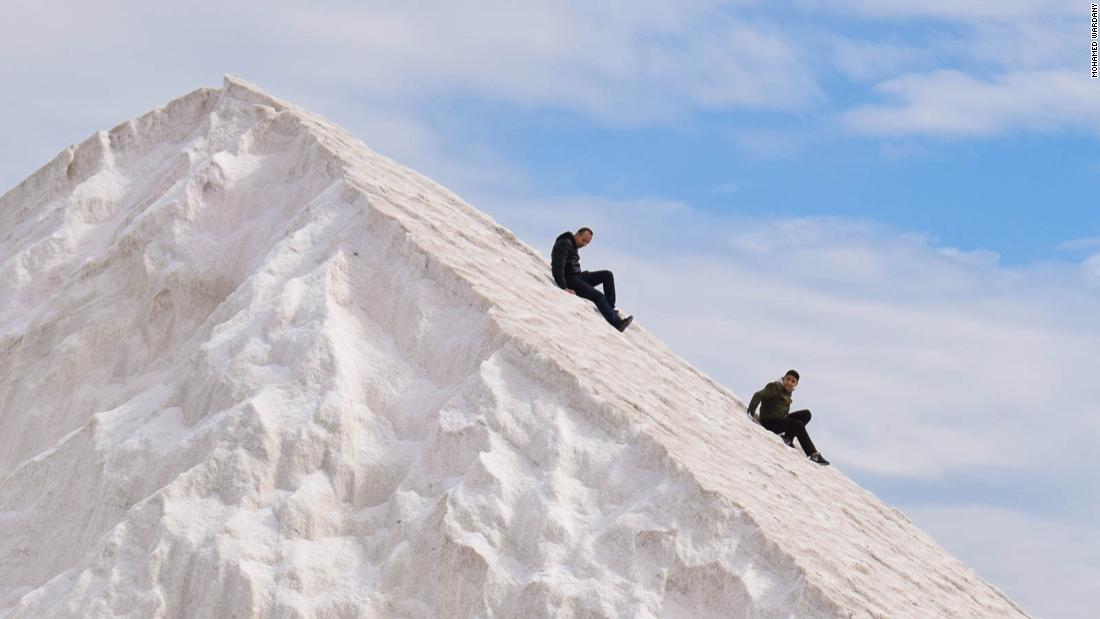
Sweltering heat overwhelms the desert, and a thin haze lifts from the sand; adrenaline pulses behind the throat, and a hiker prepares themselves for an unparalleled trek.
Egypt’s landscapes are a study in beauty, ranging from Jebel Elba’s unsung oasis, to the mountain ranges which have come to define the Red Sea. Between the historic nature of these sites, and the mythic grandeur packaged with them, is a curiosity looking to be satiated.
A curiosity for a good, long hike.
Here is an exploration of some of Egypt’s most beautiful and symbolic hiking trails.
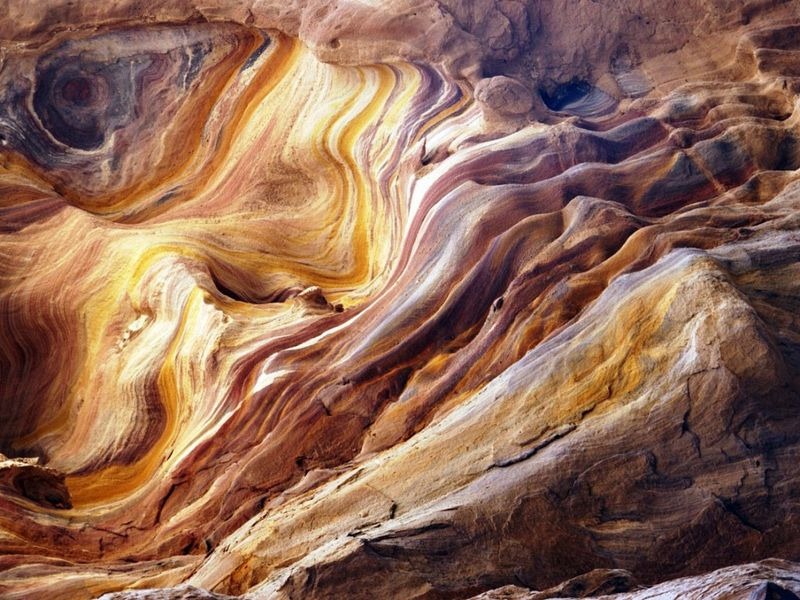
1. Colored Canyon, Nuweiba
Hiking through the Coloured Canyon is an extraordinary affair. While Nuweiba is often associated with white stretches of beach, the Canyon presents a powerful statement by nature—a labyrinth of layered, colourful sandstone formations seen nowhere else in Egypt. With a depth of 30 metres and a length of 800 metres, the Coloured Canyon is situated 210 miles (322 kilometres) from Cairo, and roughly a two-hour commute from Sharm el-Sheikh.
Its colourful nature is a result of receding Red Sea tides and the erosion of limestone, leaving open an underbelly of magentas, oranges, and deep golds. The location is also home to various Bedouin communities and biodiversity.

2. Valley of the Whales, Fayoum
Sleeping in the sands of al-Fayoum are whale fossils with hind legs, a baffling evolutionary find that documents 50 million years of Egypt. First discovered in 1902, Wadi al-Hitan (Valley of the Whales) has come to be known as one of Egypt’s oldest historical sites, alluding to a marine biodiversity no longer present in the area.
Fossils are assembled in large formations, emulating the whales they once belonged to. A hiking trail of about 60 kilometres winds through the site, allowing the public a chance to glimpse a bygone, unseen reality.
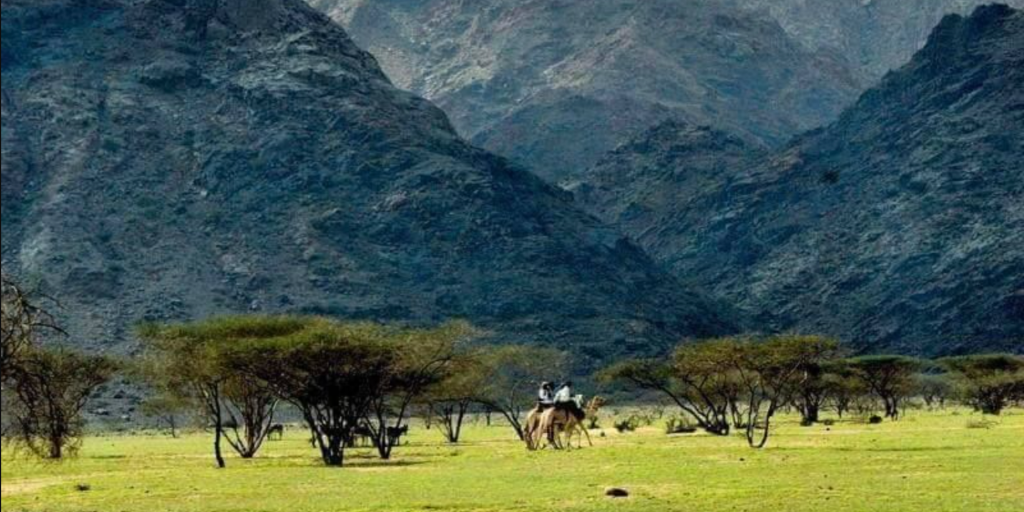
3. Jebel Elba, Southeast Egypt
Known firstly as a national park, Jebel Elba is a majestic mountain range oasis located in the remotest southeastern corner of Egypt. Rising to a peak of 1,435 metres, the mountain and its respective territory sit 250 kilometres south of Marsa Alam. Given that Jebel Elba is one of the least-touched locations in Egypt, the ecosystem and biodiversity are in full-flourish.
Getting permission to hike around Jebel Elba is no easy task, due to its proximity to the Sudanese border and its delicate environment (which in practice makes it a protectorate). However, for those brave enough to plough through the necessary paperwork, the trails are an experience second to none.

4. Jebel Serbal
Jebel Serbal is one of seven famous Sinai summits, and is considered one of Sinai’s “most iconic” destinations. A string of alternating peaks and deep depressions, Jebel Serbal is best climbed across the course of two to three days, as the lowest summit in Sinai (2,070 metres). Home to symbolic maturity, the mountain range is said to have been a divine location where pre-Islamic Bedouin tribes gathered to worship the ancient deity Baal. Early Christians also mistook Jebel Serbal for Mount Sinai, also known as Mount Moses.
While its sanctity has long since faded, Bedouins in the area still appreciate the location for its immense beauty and tranquillity.

5. St. Catherine Monastery / Mount Sinai (Mount Moses), Sinai
Sitting amid the dunes of Sinai is yet another significant trail, one which revolves around one of the oldest functioning monasteries in the world: St. Catherine’s Monastery. Said to have been the location where Moses received the Ten Commandments from God, Mount Sinai is one of the most well known locations across the country, if not the region en masse.
There are several mountain trails and hikes that could be made in the area, however Mount Sinai as a whole is heavily monitored for security purposes. Some paths are sectioned off, and one needs a credible, informed guide to be able to make the hike.

6. Blue Lagoon, Dahab
While there is little academic insight into Dahab’s Blue Lagoon, there are plenty of anecdotal resources that help paint a picture of one of Egypt’s most crisp, beautiful hiking trails. The Blue Lagoon trail borrows its name from the “large, sheltered natural pond” that is often likened to “paradise.” The location is approximately 16 kilometres from Dahab, and is considered the town’s furthest attraction.
Hiking to the Blue Lagoon, or rather Ras Abu Galoum, is an adventure in and of itself; there are no roads leading up to it, meaning one either has to hike to it, or take a speedboat from Dahab.
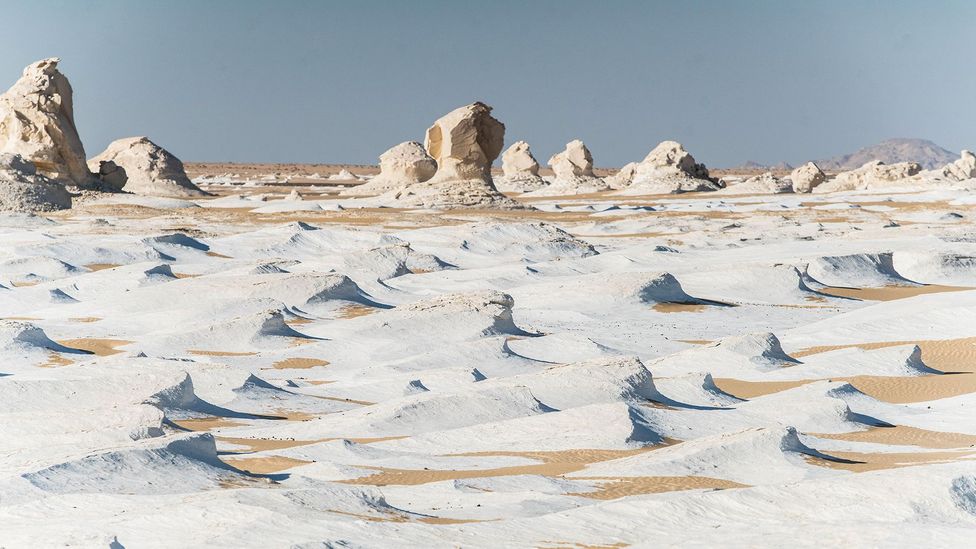
7. White Desert, Sahara Desert
More of a trail than a vertical hike is the White Desert National Park. As one of Egypt’s countless natural wonders, the location is aptly named: it stretches for 115.8 square miles (300 kilometres squared), and is laced with pure, bone-white sand. Individuals are required to have a guide accompany them throughout the hike, much like Jebel Elba and Mount Sinai.
It is part of the Farfara depression in the Sahara Desert, and features a number of famous oases, sites, fauna and precious crystal. The white sand accumulates in dunes scattered across the landscape, with white stone structures accentuating the horizon.
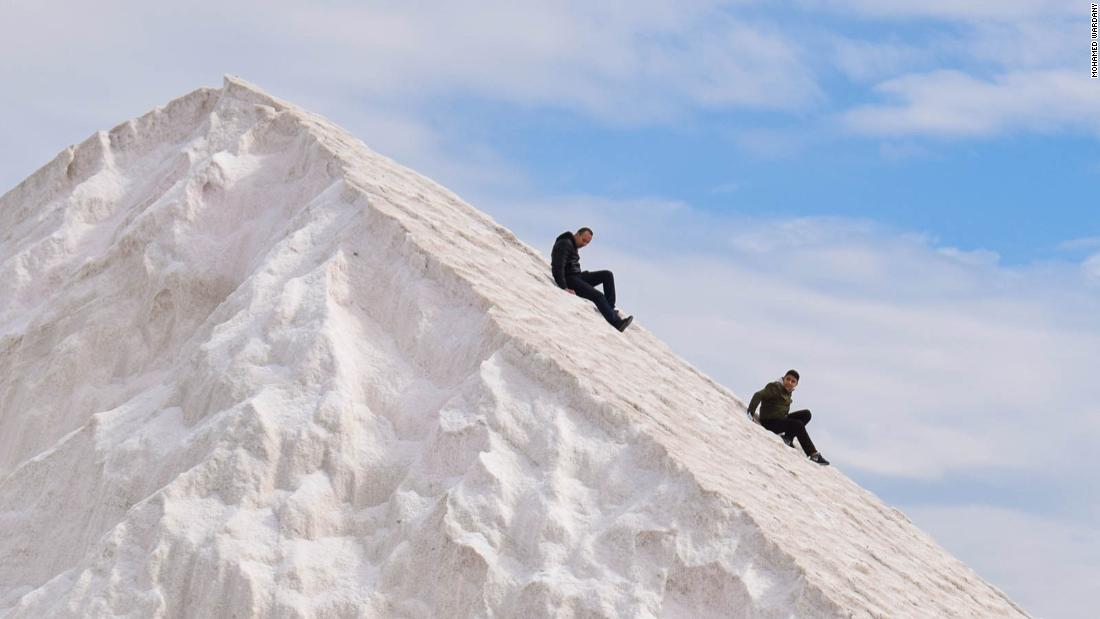




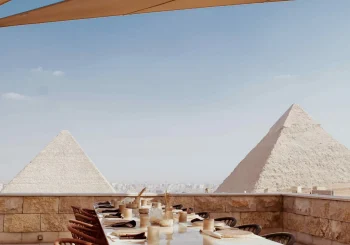
Comment (1)
[…] mountain ranges, housing a wealth of natural, historical, and spiritual sites. In recent years, several hiking trails have been established to let visitors from the world over experience this exceptional landscape on […]